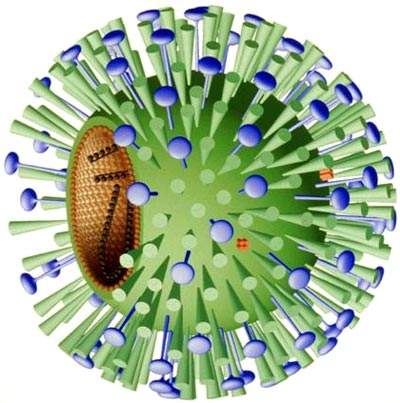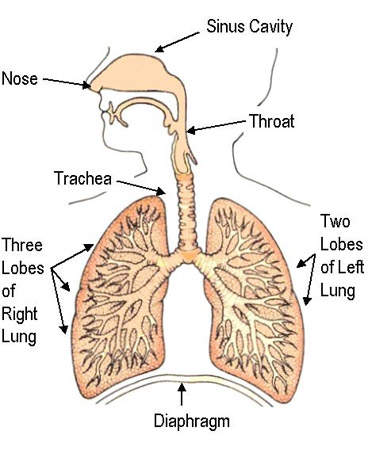T-705 is a novel oral agent indicated for the treatment of influenza that is under development by Toyama Chemical of Japan.
Promising pre-clinical studies were undertaken in Japan and the US; now T-705 development is being carried out in the two countries simultaneously.
Phase I studies were initiated in Japan in January 2007 under a Japanese investigational new drug application. In the same month, the company submitted an investigational new drug application to the US Food and Drug Administration to begin clinical trials in US.
Phase I clinical trials assessed the safety, tolerability, pharmacokinetics and pharmacodynamics of T-705, while Phase II clinical trials performed on a large group of people assessed the effectiveness of the drug. In October 2009, Toyama Chemical initiated Phase III clinical trials in Japan for the treatment of influenza patients.
In February 2010, Toyama Chemical announced the it had initiated Phase II clinical trials for T-705 in the US. The Phase II trials will be randomised double-blind studies which will evaluate the safety and efficacy of T-705 in patients suffering from influenza A or B.
T-705 targets viral RNA polymerase
Infection with influenza A or B viruses is the cause of influenza in humans. These single-stranded RNA enveloped viruses consist of an outer protein-coat made up of the surface glycoproteins, haemagglutinin and neuraminidase.
Neuraminidase inhibitors such as oseltamivir and zanamivir are the main antiviral drugs currently approved to treat influenza. They work by selectively inhibiting viral neuramindase, an enzyme critical for viral replication in cells of the host’s respiratory tract. These drugs are effective in reducing the duration of illness and the risk of complications.
However, their efficacy diminishes significantly if they are not taken within 48 hours of the onset of symptoms. Strains of the influenza virus can also develop resistance to these drugs, thereby limiting their clinical effectiveness.
Toyama’s T-705 differs from currently approved anti-influenza drugs in that it targets influenza viral polymerase. It has been suggested that host cell enzymes (cellular kinases) convert T-705 into T-705 ribofuranosyl phosphate (T-705RTP), a form that inhibits virus polymerase without affecting host cellular RNA or DNA synthesis.
Toyama confirmed that T-705 has effective anti-influenza attributes that differ from those of Tamiflu and other existing anti-influenza drugs.
Risks from avian influenza
Influenza is a highly infectious disease that is characterised by recurrent annual epidemics and, rarely, major global pandemics. Pandemics are caused by the emergence of a new and highly virulent strain to which the population has no immunity.
Research work carried out in the 1960s suggests that pandemics usually arise when strains of avian and human influenza combine. The so-called Spanish flu pandemic that occurred at the end of the First World War killed an estimated 40 million people.
The emergence in the late 1990s of a new avian strain of influenza A, designated H5NI, caused particular concerns about the possibility of another global pandemic. This highly virulent avian strain has been responsible for widespread infection in poultry flocks in the Far East and sporadic outbreaks in other parts of the world. Wild birds have also been infected. There have been more than 200 documented cases of H5NI infection in humans, about half of which have proved fatal.
T-705 exhibits activity against the H5N1 strain
Pre-clinical in vitro and in vivo studies have shown that orally administered T-705 is a potent anti-influenza agent with activity against a range of influenza strains including H5N1.
Studies in mice lethally infected with an H5N1 strain have shown that treatment with T-705 is highly effective. While all mice given the vehicle control died and only two of ten given oseltamivir survived, all ten T-705-treated mice survived.
Treatment with T-705 not only prevented death in these animals but also lessened the decline in arterial oxygen saturation and inhibited lung virus titres and lung consolidation. Subsequent challenge experiments showed that orally administered T-705, given up to 60 hours after virus exposure, also prevented death and the decline in arterial oxygen saturation.
These preliminary data suggest that T-705 may be useful for the treatment of infections caused by avian influenza virus.
Marketing commentary
Given the huge direct and indirect socioeconomic impact of influenza, finding new ways to combat this potentially life-threatening disease is a clinical priority. Vaccination is an established means of disease prevention and antiviral agents are primarily indicated for treatment.
T-705 differs from currently licensed antiviral drugs, such as the neuramindase inhibitors, in that it targets influenza viral polymerase. Thus, it offers a new approach to combating influenza, with potential to treat infections due to H5N1.
The existing market for antiviral drugs for influenza already exceeds $2bn a year. Analysts believe that it will more than double if patient needs for effective influenza prophylaxis and treatment could be met in full.









